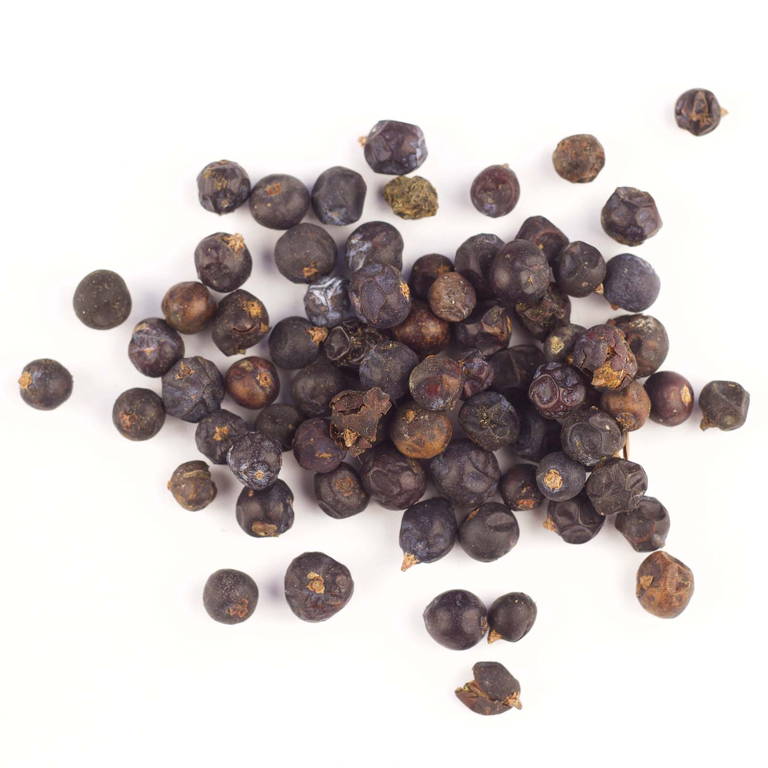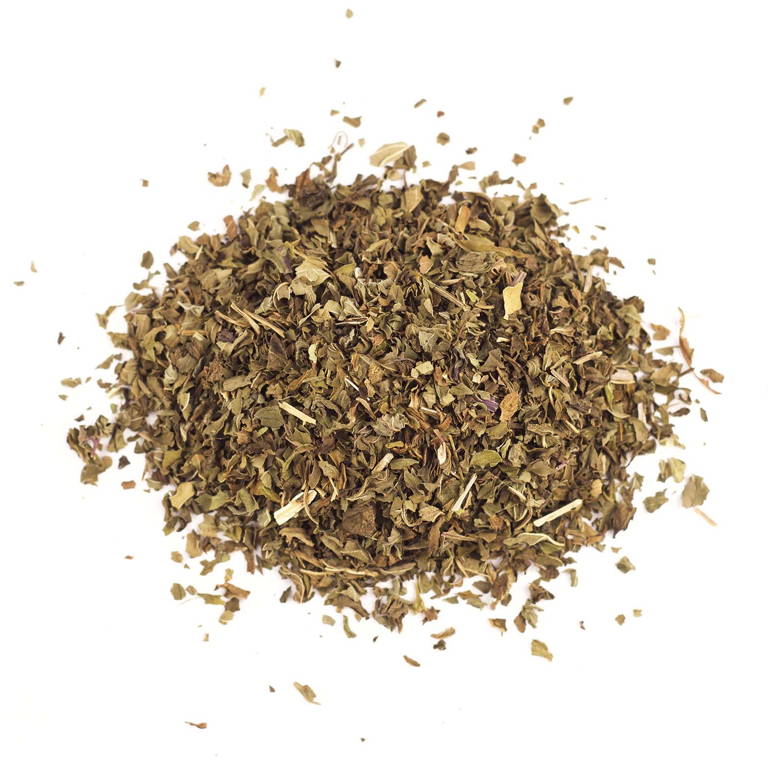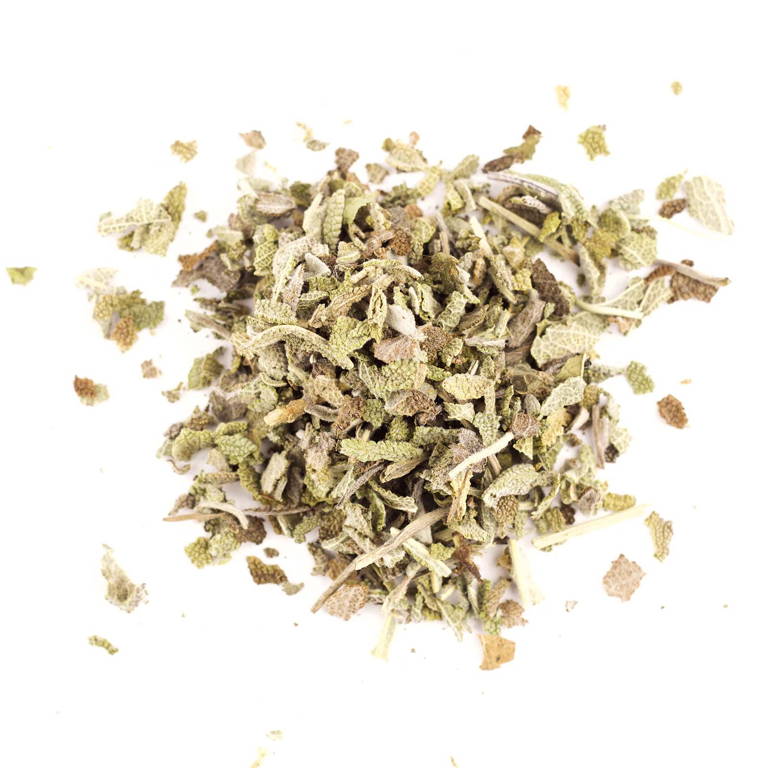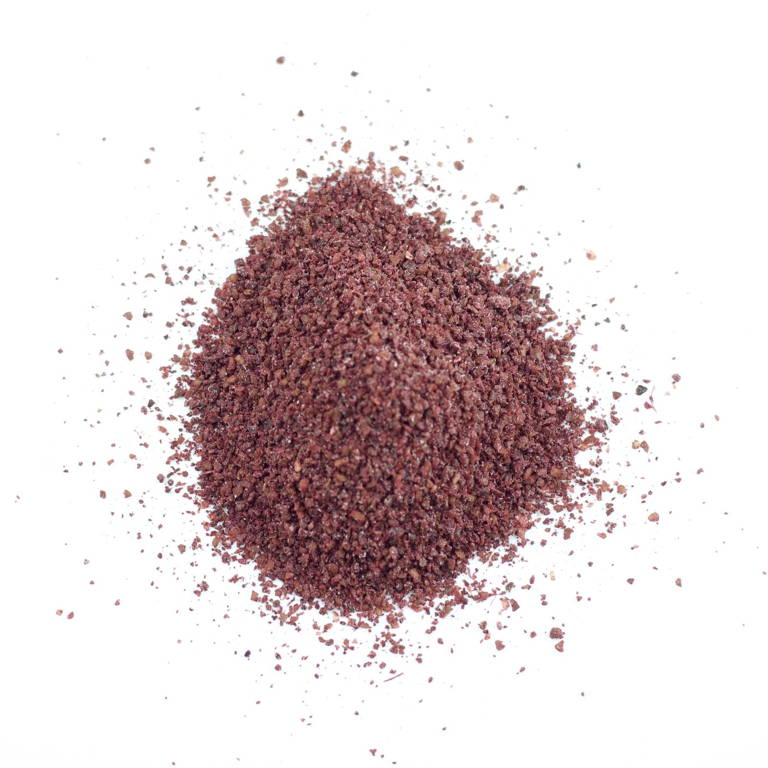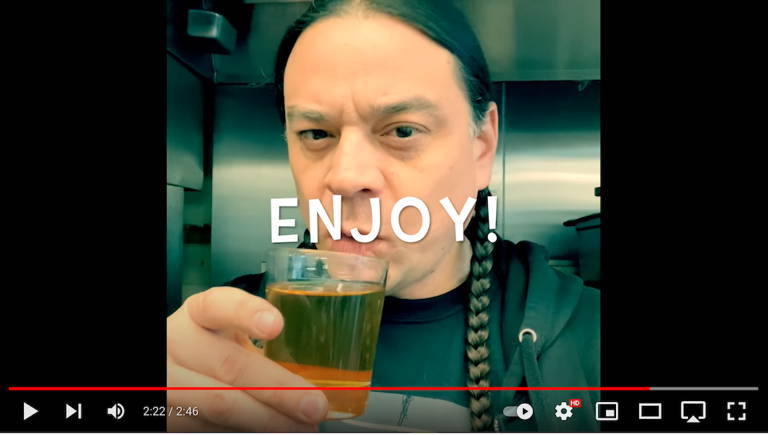Indigenous North American Seasonings
We have 573 federally recognized tribes in this land that not everyone calls the "United States." Additionally there are 634 First Nations in Canada and about 20% of Mexicans identify as a member of an Indigenous group. Native American foods, remedies and recipes are an important part of our history in North America.
There are dozens of indigenous chefs working to reclaim indigenous foodways. One of these is Sean Sherman, Oglala Lakota, born in Pine Ridge, SD. He is a chef, activist, and founder of The Sioux Chef, an organization committed to revitalizing Native American cuisine:
In piecing together so much of the story that has been lost, I learned that the original North American food system was based on harvesting wild plants for food and medicine, employing sophisticated agricultural practices, and on preserving seed diversity. My ancestors used all parts of the animals and plants with respect, viewing themselves as part of our environment, not above it. Nothing was wasted.
The Sioux Chef educates people on authentic, indigenous foods with dishes free of the colonial ingredients: wheat flour, dairy, cane sugar and even beef, pork and chicken. Recipes use seasonal ingredients and vary from region to region. We have included a list of indigenous chefs below and encourage you to follow the work they are doing to repair our food systems. To experience indigenous foods is to explore the many different ecosystems of plants and animals wherever you are. Support indigenous restaurants opening across the US. We all have a responsibility to support creators working to reclaim the indigenous foodways in North America.
Precolonial Herbs + Spices
Chile Powders
Before colonization of the Americas, peppers did not exist in the rest of the world! The pepper plant is native to Mexico, where it was originally cultivated and spread throughout the Americas.
Native to the southwest, smoked jalapeños (chipotle powder) and dried poblanos (ancho powder) have been a staple in indigenous cuisine. A popular recipe to try is Three Sisters Bowl. The "three sisters" are the crops often planted together: corn, squash and beans. Chef Johl Whiteduck Riguette shares his recipes for Three Sisters Stew and the significance of the three sisters.
We recommend Ramona Farms in Arizona to purchase local Tepary beans. Then give this recipe of Beans with Chili Agave Glaze a try.
Juniper Berries
Juniper berries are found throughout the US and Canada. It's a spice that's used in most indigenous cultures around the world, as it is easily foraged and the thick skin keeps the berries fresh for a long time. Juniper berries are not berries at all, but the female seed cone from the evergreen tree. Their flavor is described as piney and citrusy. To get the most flavor, purchase berries whole and crush just before use.
Here in the northwest, the Wabanaki Nation used juniper as a medicinal herb to heal infection, ease arthritis and treat stomach disorders. Juniper is a common seasoning for lean meats and wild game.
To give juniper a try, check out the Bison Pot Roast or Maple-Juniper Roasted Pheasant by The Sioux Chef. You can sub in juniper berries for a branch of white cedar to get a similar woodsy flavor. To make a simple dry game rub, mix crushed juniper, garlic or ginger, salt, pepper and chili. Juniper tea is easily enjoyed by steeping crushed berries in water for 10 minutes—they pair well with honey and mint.
Mint
Mentha canadenis is a species of mint native to North America to Eastern Asia. The essential oils were used an an herbal medicine. In the Northeast, mint could be used to treat colds and pneumonia. The Cherokee used mint tea to smooth upset stomach and digestive problems. It is one of the top ten plants used in traditional medicine, with a recorded 115 uses!
And of course, it could be used as a seasoning. Try this recipe by Sean Sherman, Roasted Turkey with Berry Mint Sauce.
Pimento (Allspice) Berries
Allspice berries are native to Central America, West Indies and Mexico. The allspice berry is a confusing name for a single-spice. It got it's name when the berry was first exported to Europe as it's flavor is reminiscent of a mixture of clove, nutmeg and cinnamon.
In the US, allspice is often used with baked goods and is an essential ingredient in apple pie spice. But before baked goods, it was used in savory cuisine, such as stews and curries. To give this spice a try, mix allspice, salt and oil and run on pumpkin or winter squash and roast at 400-degree until done.
Sage
White sage or sacred sage is an evergreen perennial native to south western United States and northern Mexico. The seeds could be toasted and used is a primary ingredient in pinole, a traditional staple of the west. The leaves have been used to treat cold and flu, as well as burned in sacred rituals.
For an easy pre-colonial recipe, make Roasted Turnips and Squash with Agave Glaze. I substituted maple syrup to make the recipe local to Maine. Or try Maple-Sage Duck, which also uses juniper berries!
Sea Salt + Smoked Salts
Prehistoric salt-making sites are found in Arkansas and in the Sierra mountains. In the Southwest salt as mined from saline deposits. Salt was a traded commodity in precolonial times. It was thought that in the East, salt was used mostly as a condiment where as in the West it was used to preserve meats.
In cooking indigenous recipes, choose a salt high in minerals, such as Solar Maine Sea Salt or Peruvian Mined Salt.
Our Salish smoked salt is named after the coastal people of Puget sound who smoked salt over alderwood for centuries. This salt is made using the same process!
Sumac
Sumac is a spice often associate with Middle Eastern cuisine, but it has been used here in North America for 1000s of years. Smooth sumac is native to all 48 states, so it was a seasoning that continued to be used even as Native Americans were displaced from their homelands during colonization.
Chef Shawn Adler takes you to wild harvest staghorn sumac in this video. Luckily, poison sumac has white berries, not red—so it is easy to tell apart.
Give sumac a try in this indigenous snack of White Corn Nuts. For a sweetener, use what is local for you: maple syrup, honey or agave to taste. Sumac "lemonade" is an easy, kid-friendly recipe to make from foraged sumac.
So let's cook up a few recipes to celebrate ingredients native to our land and the people who have taught us how to use them.
Cedar + Maple Tea
Roasted Turnips and Winter Squash with Agave Glaze
- 2 pounds turnips, trimmed if needed, then cut into 1-inch chunks
- 1 small butternut squash or 2 delicata squash (about 2 pounds total), unpeeled, halved, seeds and membranes scraped away, then cut into 1-inch chunks
- 2 tablespoons sunflower oil
- 2 tablespoons chopped fresh sage
- 2 teaspoons coarse sea salt
- 2 tablespoons light agave nectar*
- ¼ cup toasted sunflower seeds
Directions:
- Heat oven to 425 degrees. Line 2 baking sheets or roasting pans with parchment or foil. In a large bowl, toss the turnips and squash with the oil, sage and salt. Divide the mixture between the 2 baking sheets, then spread in an even layer.
- Transfer to the oven on the middle and lower shelves, and roast for 20 minutes, stirring the vegetables and rotating the baking sheets halfway through. Reduce the heat to 400 degrees and continue to roast until tender and caramelized, another 10 to 20 minutes, stirring and rotating again halfway through.
- Remove from the oven and brush with the agave. Return to the oven and cook until the vegetables appear glossy, 2 to 3 minutes. Serve with sunflower seeds scattered on top.
Notes: I used maple syrup as it is a locally sourced ingredient here in Maine. View NYT recipe by Sean Sherman here.
Salmon and Crushed Berries with Seaweed
- 2 cups fresh blackberries
- Coarse sea salt
- 4 (5- to 6-ounce) skin-on salmon fillets, preferably wild-caught sockeye salmon
- 3 tablespoons sunflower oil, plus more as needed
- 2 to 3 tablespoons dried wakame seaweed*
- Fresh chive stems, for garnish
Directions:
- In a medium bowl, crush half the blackberries using the back of a fork. Add the remaining whole blackberries, stir to coat and season to taste with salt; set aside.
- Pat salmon fillets dry with a paper towel. Season with salt on both sides.
- Heat a large, heavy sauté pan or cast-iron skillet over high. When the pan is hot, add 3 tablespoons oil and carefully swirl it around to coat the bottom of the pan. When the oil begins to shimmer, working in batches if necessary, place the fillets in the pan, flesh-side down, and sear until the salmon picks up some color and releases easily from the pan, 1 to 2 minutes. Flip the fish, reduce the heat to medium and continue cooking until cooked through, about 2 minutes more, depending on the thickness of the salmon.
- Transfer the fillets from the pan to a warm plate and tent with foil until all fillets are cooked, making sure to get any of the salmon skin that may stick to the pan. (If you’re cooking your fillets in multiple batches, you’ll want to add 2 to 3 tablespoons of oil to the skillet before pan-searing the second batch.)
- Divide the salmon among plates, serving it skin-side up. Top with the blackberries, then garnish each plate with the seaweed and a few chive stems.
*Notes: I used nori flakes as a substitute. View original recipe by Sean Sherman here.
Three Sisters Bowl with Hominy, Beans and Squash
- ½ cup dried hominy
- ½ cup dried brown tepary beans
- 1 small, unpeeled acorn squash (about 1 1/4 pounds), halved, seeds and membranes scraped away, then cut into 1-inch chunks
- 3 tablespoons sunflower oil
- Coarse sea salt
- 1 small yellow onion, halved and thinly sliced
- 1 tablespoon New Mexico Hatch chile powder or any mild smoked red chile powder
- 2 teaspoons chopped fresh sage
- Smoked sea salt
- ½ cup chopped dark greens, such as dandelion greens, kale or spinach
Directions:
- Place the hominy and tepary beans in separate medium bowls. Add enough water to each to cover the beans by 4 inches, and soak overnight at room temperature.
- About 3 hours before serving, drain the hominy and the beans and place them in separate 3- to 4-quart pots. Add enough cool water to cover the hominy and tepary beans by 4 inches. Set each over high heat, bring to a boil, then lower the heat and simmer gently, stirring occasionally and skimming any foam that rises to the surface, until tender, about 1 1/2 to 2 hours. Reserve 2/3 cup of the cooking liquid from each type of beans (for 1 1/3 cups liquid). Drain the hominy and the beans and set aside.
- Meanwhile, prepare the squash: Heat the oven to 425 degrees. On a parchment-lined rimmed baking sheet, toss the squash with 1 tablespoon oil and a pinch of coarse sea salt. Arrange the squash in an even layer and roast until golden and very tender, stirring halfway through, 35 to 45 minutes.
- In a large skillet, heat the remaining 2 tablespoons oil over medium-high. Add the onion, chile powder, sage and a generous pinch of smoked salt and cook, stirring occasionally, until the onions are tender, 5 to 8 minutes. Add the reserved 1 1/3 cups cooking liquid and bring to a simmer.
- Add the cooked hominy and beans to the skillet, then stir in the roasted squash and greens. Season to taste with coarse sea salt and serve.
*Note: I substituted dry yellow-eyed beans as they are native to Maine.
Additional Resources:
- History Channel summary of the changes in indigenous foodways upon the arrival of colonizers.
- Support native seed saving at Native Seeds.
- Support the Indigenous Food Lab by NATIFS.
- Order Indigenous grown beans and grains from Ramona Farms.
- Learn more about revitalizing Indigenous cuisine at The Sioux Chef.
- Purchase A Gathering Basket, a multimedia cookbook collaboration of Indigenous chefs.
- Shop Tocabe Marketplace to purchase ingredients online.
- Lecture by Sean Sherman at 2018 World of Flavor.






